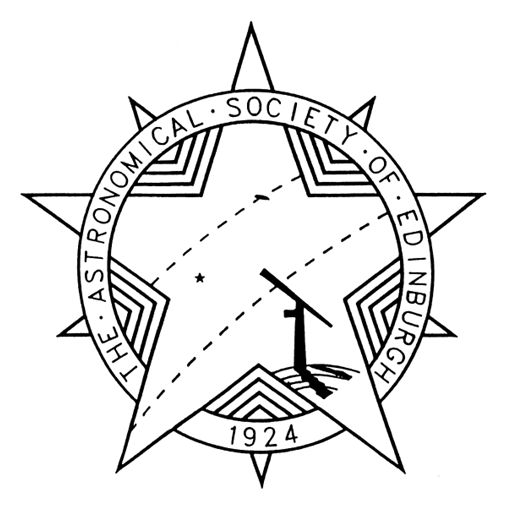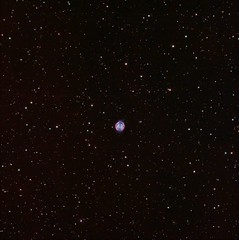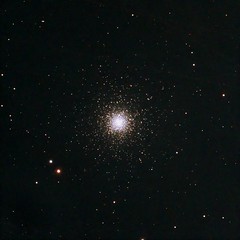Blog Archives
Scotland’s Sky in May, 2014
Saturn’s opposition in the Balance

The maps show the sky at 01:00 BST on the 1st, midnight on the 16th and 23:00 on 31st. (Click on map to enlarge)
Our days lengthen during May until the period of true nighttime darkness dwindles to almost nothing by the month’s end. You might think that astronomers would be tempted to mothball their telescopes, but if they did they would miss the year’s best views of Saturn.
The beautiful ringed planet comes to opposition at a distance of 1,331 million km on the 10th when it lies in Libra, the Balance or Scales, and stands in the south in the middle of the night. The ochre deserts and white north polar cap of Mars are also observable, as are all the other brighter planets at one time or another. There may also be a spectacular meteor shower that has never been seen before.
Look overhead at nightfall to find the Plough and extend a curving line along its handle to reach the star Arcturus shining brightly in Bootes well up in the east-south-east. Continue that line, still bending, into the south-east where Mars is conspicuous and reddish in Virgo, above-right of Virgo’s leading star Spica. By our star map times, the Plough has moved to stand high in the west, Arcturus is high in the south, and Mars is in the south-west.
Following its own opposition on 8 April, Mars is now receding from us, from 96 million to 119 million km during May, and although it halves in brightness from magnitude -1.2 to -0.5 it still outshines Arcturus. Viewed telescopically, its disk shrinks from 15 to 12 arcseconds and only in moments of steady “seeing” can we discern its surface detail. The Red Planet’s slow westerly progress below the famous binary star Porrima halts on the 21st when it reaches a so-called stationary point before tracking eastwards again.
Saturn, creeping westwards in the middle of Libra and bright at magnitude 0.1, stands close to the horizon and beneath Arcturus at nightfall. By our map times, though, it is almost due south at an altitude of nearly 19° as seen from Edinburgh. This is 12° lower than Mars when it transits the meridian, so we see it through more of the Earth’s atmosphere and the seeing is likely to be worse. On the other hand, Saturn’s disk is bigger at 19 arcseconds while its superb ring system spans 42 arcseconds and has its north face tipped 22° towards us. This is a good time to look for the Cassini Division, the 4.800 km gap between the two main rings.
Binoculars show the star Zubenelgenubi, 5° to the west of Saturn, to be an obvious double star, while Zubeneschamali, to Saturn’s north, is held (perhaps mistakenly) by some observers to be one of the few greenish-hued stars in the sky. The Arabic names for these stars mean Southern and Northern Claw respectively and date from an era when they were also associated with the brighter nearby constellation of Scorpius the Scorpion. Use binoculars to scan 11° north of Zubeneschamali for the fuzzy blob of M5, a globular cluster of up to 500,000 stars at a distance of about 25,000 light years. Some observers rate it more highly than the more familiar M13 globular in Hercules and M3 in Canes Venatici, 12° to the north-west of Arcturus.
Jupiter remains prominent, and brighter than any star, in the west at nightfall but is close to setting in the north-west by our map times. At magnitude -2.0, it is tracking eastwards in the middle of Gemini, below Castor and Pollux, and shows a 34 arcseconds disk at midmonth.
Mercury is an evening star as it climbs to stand furthest east of the Sun, 23°, on the 25th. Between the 13th and 29th it stands about 10° high in the west-north-west forty minutes after sunset though it may be hard to spy without binoculars in the slowly-fading twilight. It dims from magnitude -0.6 to 1.0 between these dates. Venus is a brilliant morning star on magnitude -4.1 which rises in the east fifty minutes before the Sun on the 1st and one hour before sunrise on the 31st.
Sunrise/sunset times for Edinburgh change from 05:29/20:52 BST on the 1st to 04:36/21:45 on the 31st. Nautical twilight at dusk and dawn lasts for 105 minutes on the 1st and for all but the middle 24 minutes of the last night of May.
The Moon is at first quarter on the 7th, full on the 14th, at last quarter on the 21st and new on the 28th. The Moon is strongly earthlit when it stands just above Aldebaran in Taurus on the 1st evening. Catch it again below-left of Jupiter on the 4th, near Mars on the nights of the 10th and 11th and Saturn on the 13th and 14th.
The morning of the 24th may see slow meteors streaming away from a radiant point in the dim constellation of Camelopardalis the Giraffe, see north map. The prediction is made by analysts who have back-tracked the motion of a small comet whose official name is Comet 209P/LINEAR. Discovered as recently as 2004, its path carries it between the orbits of the Earth and Jupiter every 5.1 years and it is to pass harmlessly only 8,290,000 km from the Earth on the 29th, the ninth closest approach by a comet on record.
Only a few days earlier, it is thought that the Earth may encounter several streams of particles that were released by the comet between 1803 and 1924. Meteor rates could hit many hundreds per hour, if not storm force, though the peak of activity is predicted between 08:00 and 09:00 BST on the 24th, during daylight for Britain but ideal for observers in N America. Our pre-dawn hours could still be interesting, though.
Alan Pickup



